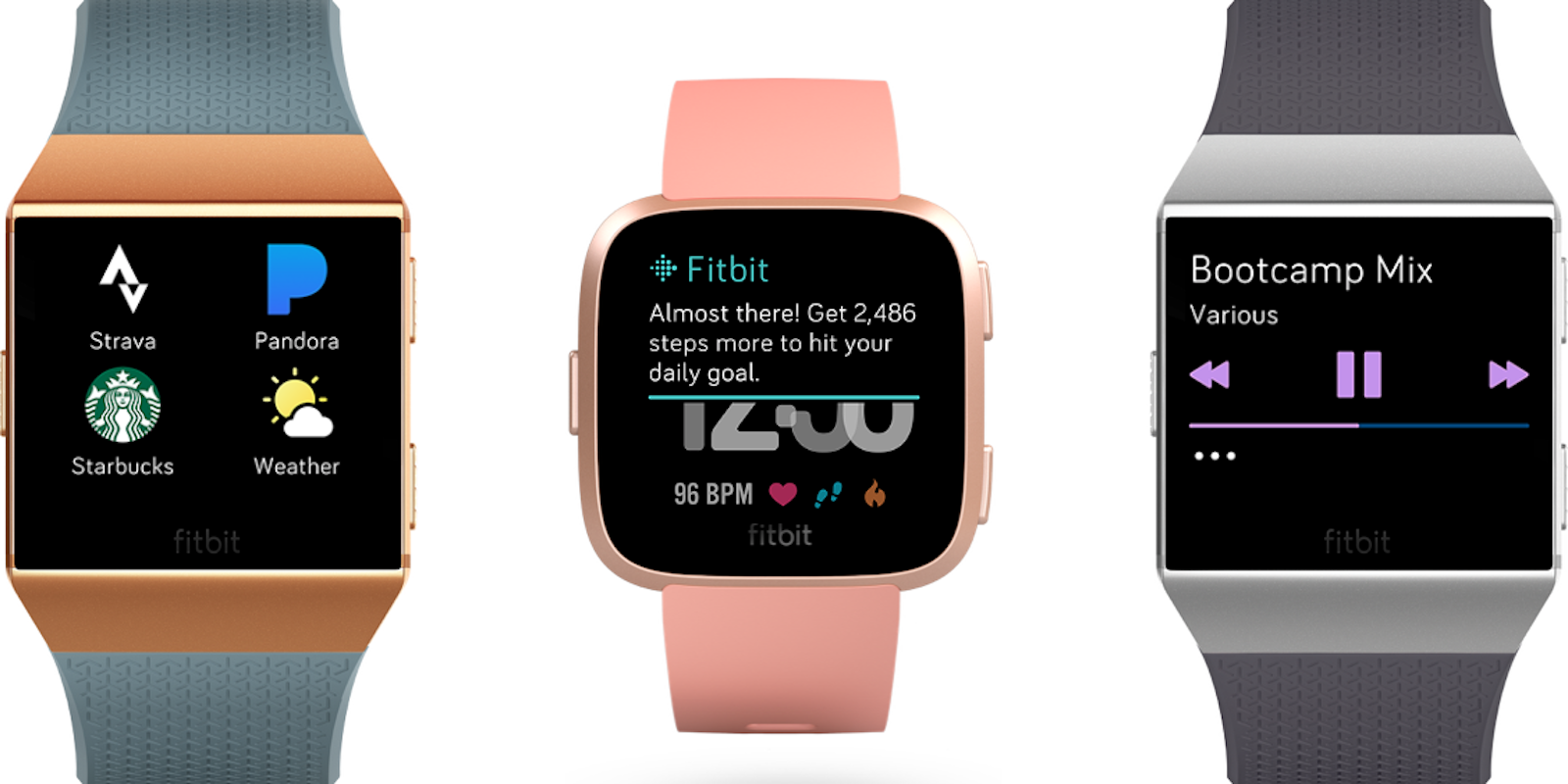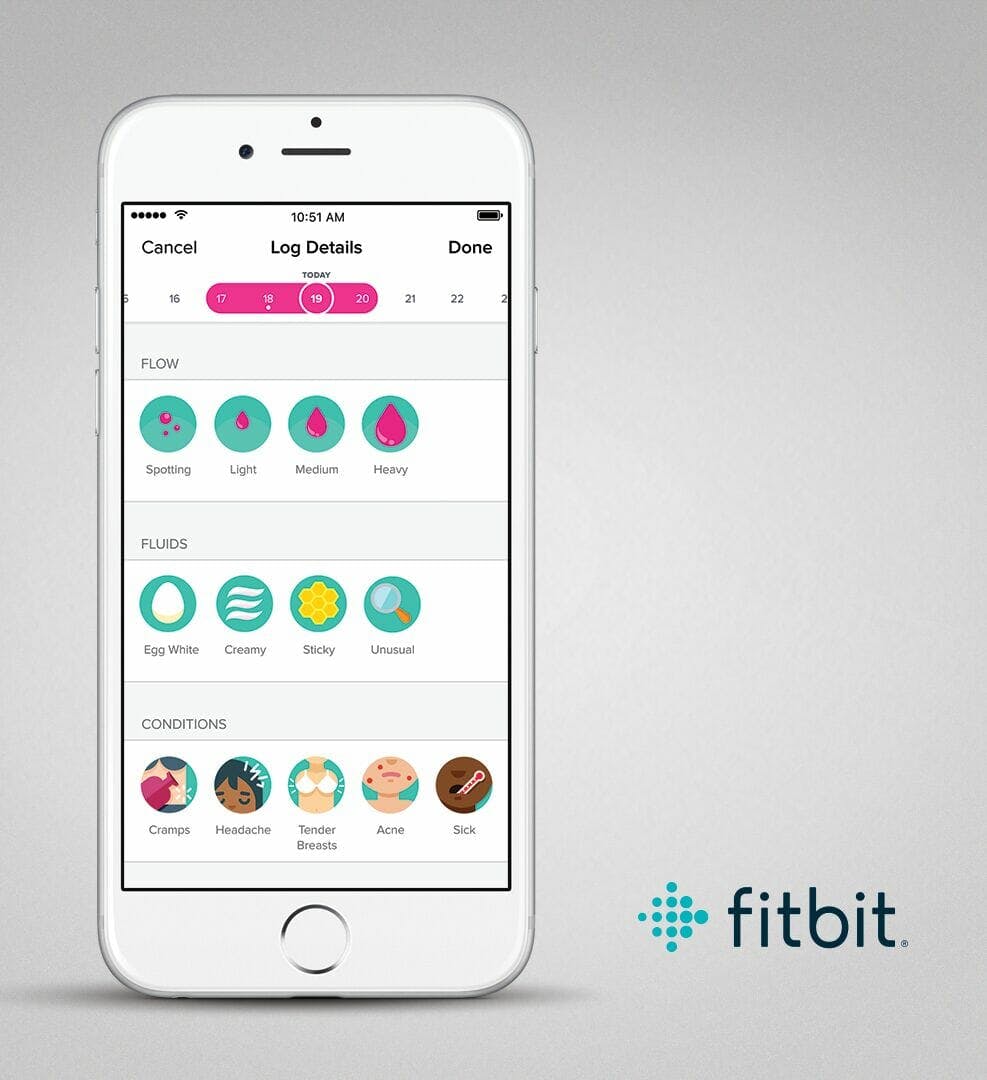General activity and sleep are two of the most important metrics today’s smartwatches track. They’re applicable to everyone and can be good indicators of overall health and happiness. But there are other important metrics smartwatches should track that often get overlooked. Period tracking has historically been one of them. Fitbit’s smartwatches and smartwatch app are finally making monitoring this important female health metric easier.
After first announcing the endeavor in March, Fitbit is now rolling out period tracking in its iOS and Windows apps. The feature is also available on both of the company’s smartwatches, the Versa and Ionic. It’ll come to Android users later this month, as well. With this addition, women can easily keep tabs on where they are in their cycle, helping them plan their lives and monitor their windows of fertility.
The Versa smartwatch debuted two months ago as a smaller, more female-friendly companion to the Ionic. Unlike previous Fitbit hardware, it had menstrual cycle logging built right into the experience. It also included cycle predictions—like any good period tracker should.
While there are many third-party menstrual trackers out there, it’s surprising that a health and fitness-focused app like Fitbit has taken this long to embrace period tracking. After Apple debuted Apple Health in iOS 8, in 2015 the company saw a lot of criticism for failing to include this feature in an app designed to be “an entirely new way to use your health and fitness information.” Reproductive health tracking didn’t arrive until later that year with iOS 9.
As with Apple Health, it’s nice that Fitbit is finally building this logging feature straight into its app. Periods aren’t an unusual health condition—they affect half the human population. It’s a normal health-related metric to track, and being included in smartwatches and smartwatch apps helps to acknowledge that.
H/T TechCrunch



